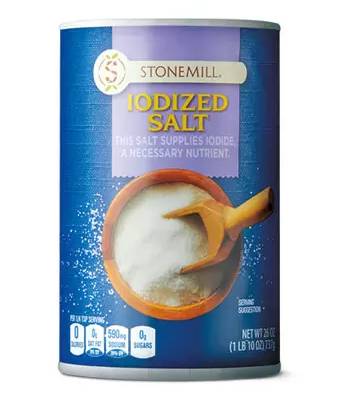Food Nutrition Facts
Nutrition Facts For
Salt
Portion Size: 1 Teaspoon
| Nutrient | Value | % Daily Value* |
|---|---|---|
| 0.0 kcal | 0% | |
| 0.0 g | 0% | |
| 0.0 g | 0% | |
| 0.0 mg | 0% | |
| 2325 mg | 101% | |
| 0.0 mg | 0% | |
| 0.0 g | ||
| 0.0 g | ||
| 0.0 g | ||
| 0.0 g | ||
| 0.0 g | ||
*Daily value based on a 2,000 calorie diet. Your daily values may be higher or lower depending on your calorie needs and health goals.
Calculate your daily calorie needs here
Nutrition Facts For 1 Teaspoon of Salt

Salt, a seemingly simple mineral, plays a vital role in both human biology and culinary arts. Chemically known as sodium chloride, it's essential for maintaining fluid balance, nerve function, and muscle contractions within the body. Beyond its biological importance, salt is a fundamental seasoning, enhancing the flavors of food and acting as a preservative. Its ability to draw out moisture and intensify existing tastes makes it a cornerstone of cuisines worldwide, where it's used in countless dishes, from simple snacks to elaborate meals.
While crucial in moderation, excessive salt intake can have negative health consequences, including increased blood pressure and risk of heart disease. Therefore, understanding the role of salt in our diets is essential for maintaining well-being. The type of salt also plays a role, with varieties like sea salt and Himalayan pink salt offering different mineral compositions and subtle flavor nuances compared to standard table salt. Whether used sparingly to highlight the sweetness of a dessert or liberally to season a savory dish, salt remains an indispensable element in both our health and our enjoyment of food.







